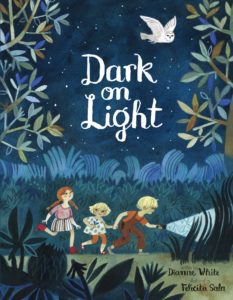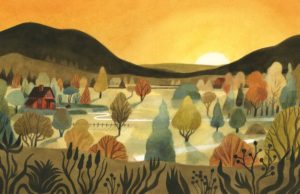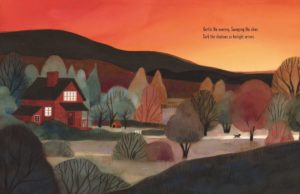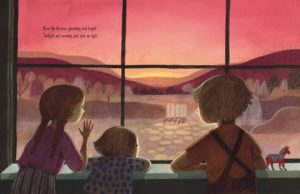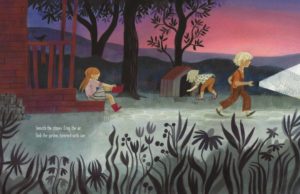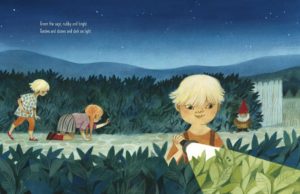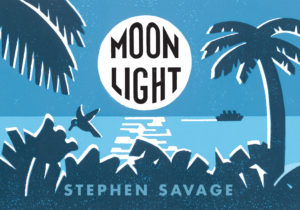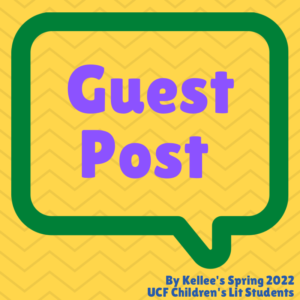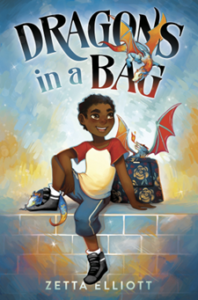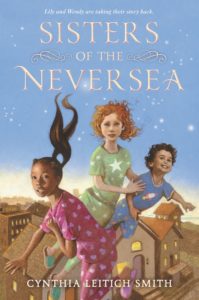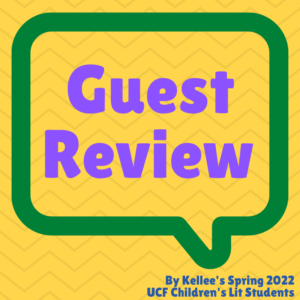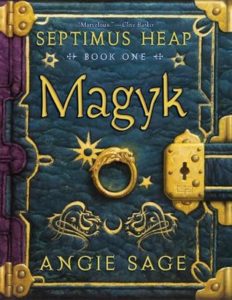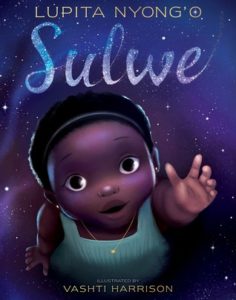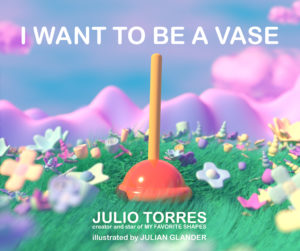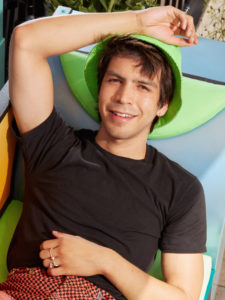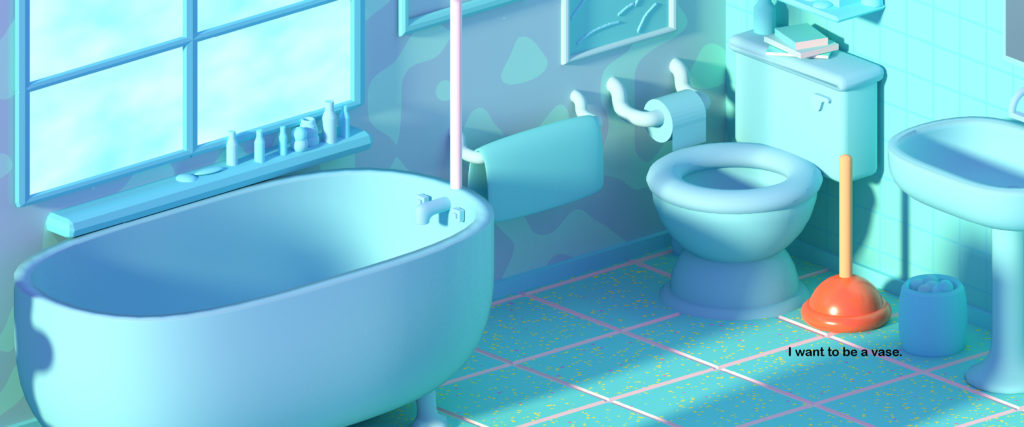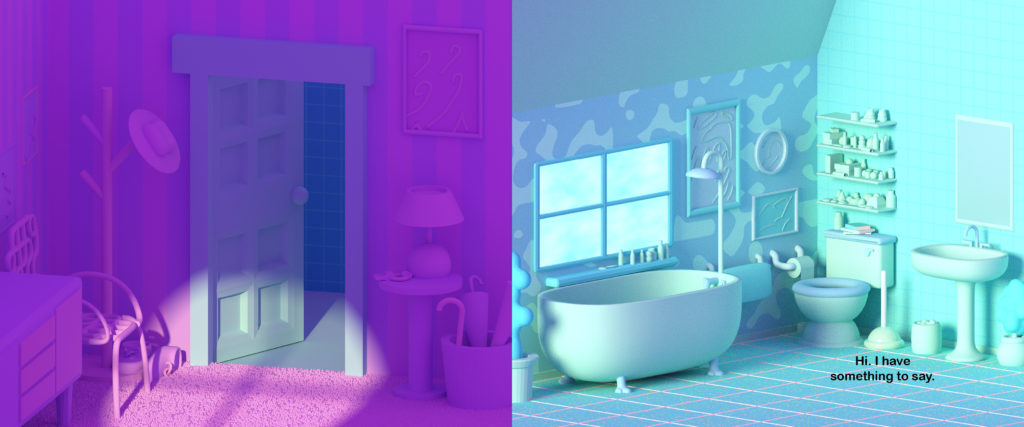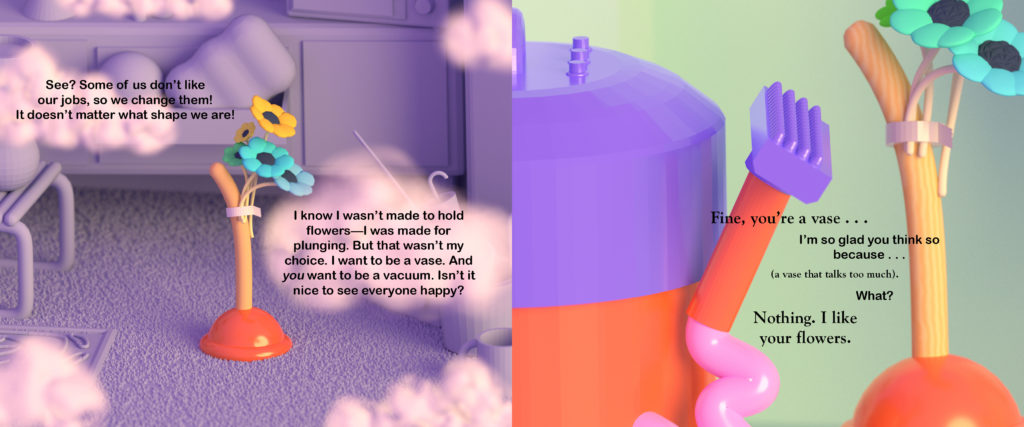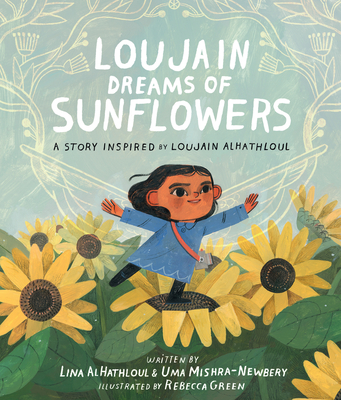Dark on Light
Author: Dianne White
Illustrator: Felicita Sala
Publishing December 6, 2022 by Beach Lane Books
Summary: As the sun sets, three siblings discover nature’s nighttime beauty in this soothingly rhythmic and gorgeously illustrated bedtime picture book from the acclaimed author-illustrator team behind Green on Green.
Gentle the evening. Sweeping the skies.
Dark the shadows as twilight arrives.
Rose the horizon, gleaming and bright.
Twilight and evening and dark on light.
When the family dog trots away from the house at sunset, three siblings tumble out the door to go find him. Soon they find themselves immersed in the luminous colors, shades, and shadows of nature at night—both dark and light. They wander through moonlit lavender meadows, past a timid fawn, beneath a snowy white owl, and much, much more as the night deepens until, at last, they find their sneaky pup.
With beautiful illustrations by Felicita Sala and lyrical text by Dianne White that’s perfect for reading aloud, this book invites young readers to step into the wondrous, colorful nighttime natural world.
Praise:
“A bedtime chant capable of transforming anyone into a night owl. Sumptuous watercolor, gouache, and colored pencil illustrations show a day shifting from sunshine to twilight to a deepening night sky. Meanwhile, three children are pulling on their boots, grabbing their flashlights, and heading out into a nighttime world as alive as it is welcoming. As the children search and explore, the text repeats the words dark on light through mesmeric rhymes. “Orange the moon, burnished and bright. / Meadow and owl and dark on light.” At last the children peek into a burrow and find their dog, the object of their search. The nighttime is welcoming here, and the children return home to the cozy arms of their parents. Truly the entire enterprise feels similar in tone to Janice May Udry’s Moon Jumpers (1959), illustrated by Maurice Sendak, as when the children ramble through fields of fragrant lavender beneath a brilliant sky. This is a book capable of banishing nighttime fears, showing the night to be a time of wonder, exploration, and even comfort. Sala’s art matches the cadences of the text beat for beat, offering consistently beautiful images of this undiscovered nighttime world…. Lilting, haunting, rhyming, and as unforgettable as a dream the daylight just can’t quite erase.” – Kirkus Reviews, *STARRED REVIEW*, 9/15/2022
“The creators of Green on Green follow that seasonal work with one focused on shadow and light, centering lulling, mesmerizing sensate verse accompanied by artwork in warm, saturated hues…. Closing bedtime scenes in a shared bedroom embody warmth and security… in this quiet celebration of chiaroscuro in the natural world.” – Publishers Weekly, *STARRED REVIEW*, 10/24/2022
About the Creators:
Dianne White lives in Gilbert, Arizona, with her family. She is the author of Who Eats Orange?, Blue on Blue, Green on Green, and Dark on Light.
Felicita Sala is a self-taught illustrator and painter. She has a degree in philosophy from the University of Western Australia. She now lives and works in Rome. She draws inspiration from nature, children, mid-century illustration, folk art, and architecture.
Review: Dianne White’s verse with Felicita Sala’s illustrations makes this book an instant read aloud need! The verse is so rhythmic and rolls off the tongue in a way that will make the book fun to read and listen to. The illustrations add another dimension to the words taking a beautiful poem and turning it into a narrative also. This book will make any reader want to go on a nighttime hike to investigate the beauty of the night.
Teachers’ Tools for Navigation: Here’s an author-provided activity kit!
Discussion Questions:
- How did the illustrator use colors to add to the mood of the book?
- Pick a spread. What words in the stanza stands out to you? Why?
- The reviews mention that Dark on Light is a book that is meant to read aloud. What about the verse written by White makes it so much fun to read aloud?
- What fun things do you see in the illustrations as the kids venture outdoors?
- Why do you think the creators chose to have the book end in daylight instead of nighttime?
- With an adult, go on a nighttime walk and write a journal about what you saw.
Flagged Passages:
“Gentle the evening. Sweeping the skies. Dark the shadows as twilight arrives.”
Rose the horizon, gleaming and bright. Twilight and evening and dark on light.
Smooth the stones. Crisp the air. Dark the garden, trimmed with care.
Green the sage, nubby and bright. Garden and stones and dark on light.”
Read This If You Love: Flashlight Night by Matt Forrest Esenwine; Night Animals by Gianna Marino; Noisy Night by Mac Barnett; The Night Gardener by Terry Fan; Goodnight, Butterfly by Ross Burach; Nighttime Symphony by Timbaland, Max at Night by Ed Vere
Recommended For:
**Thank you to Blue Slip Media for providing a copy for review!**
